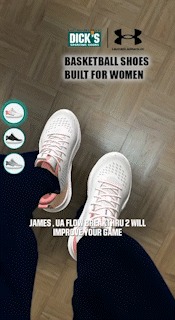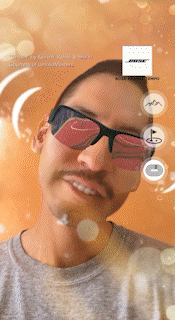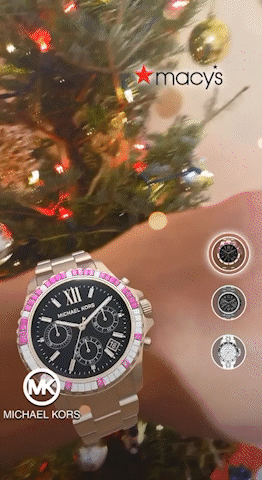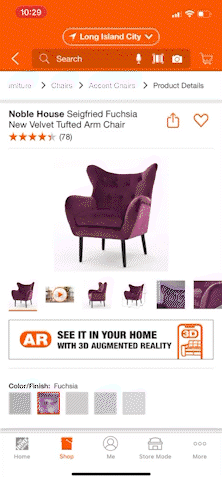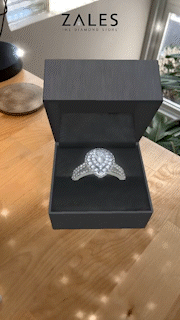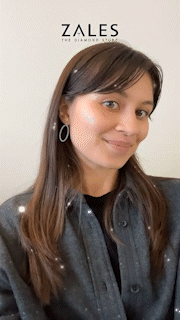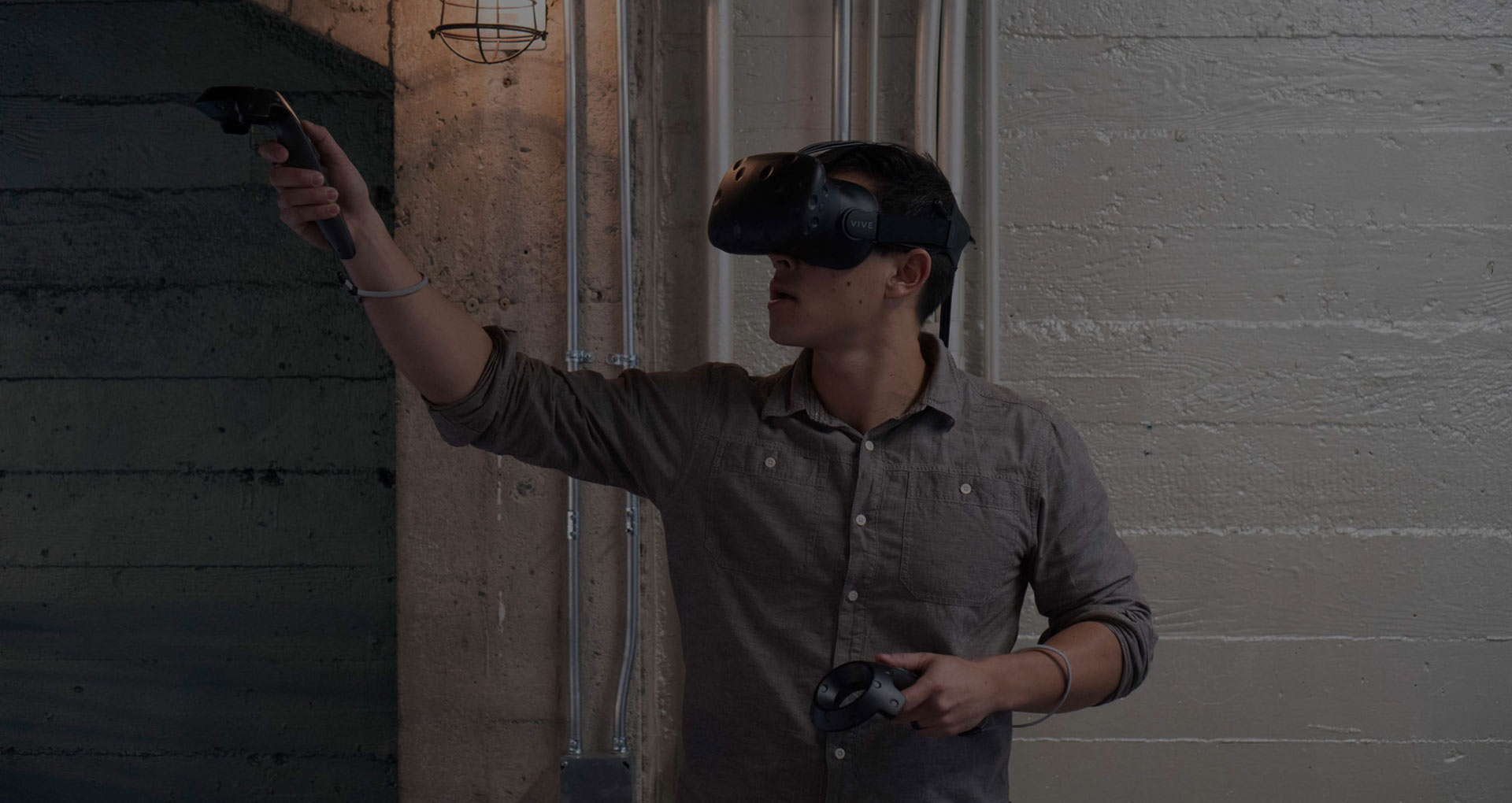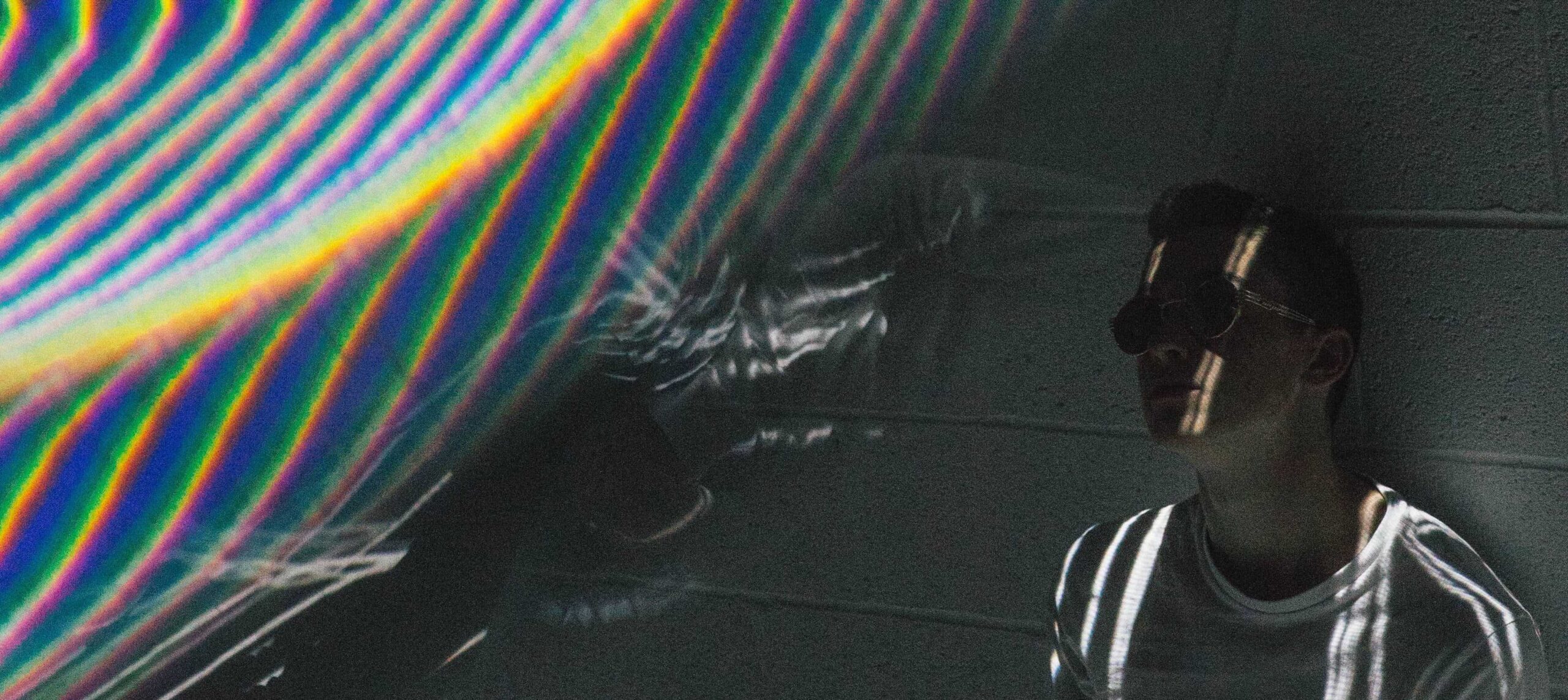Augmented and Virtual Reality experiences are reshaping the way potential customers interact with products. We believe that the XR product marketing space will continue to grow for years to come.
Customers can now see themselves wearing new sneakers, trying on new sunglasses, or even testing new watches, without ever leaving home. Popular apps like Snapchat and Instagram make use of XR technology to showcase products while also delivering fun and immersive experiences like those below.
XR product marketing comes in two forms:
- AR (Augmented Reality): In this form, the user or their environment is altered with digital content.
- VR (Virtual Reality): In this form, the user enters a digital environment, mainly through a headset.
AR and VR Product Marketing
Augmented Reality helps brands connect with customers by using interactive and immersive technology. Users can see themselves using or wearing a digital product before purchasing the physical one, helping them make an informed decision. Many brands already use AR product marketing in some form, including Ikea, Amazon, Warby Parker, and the Home Depot.
AR product try-out is one way consumers can use AR to make decisions. In this method, they place a digital 3D product in their physical environment using a mobile device (phone or tablet). This allows them to move and rotate the object to see how it looks from different angles and in different positions in their space. Potential customers can even walk up to the product to inspect it in detail rather than visiting a store. The concept of see before you buy is true manifested through AR product visualization.
AR product try-on is another way consumers can use AR to make decisions. This method allows potential buyers to place clothing, footwear, and cosmetics on their face and body. Consumers can see themselves wearing a 3D model of a product using their mobile device while in selfie mode. AR takes the idea of “try before you buy” to a whole new level, giving consumers high confidence in their purchasing journey. As you can see from the projects completed by Fishermen Labs below, clothing and jewelry look very realistic and detailed with different styles and colors at the user’s fingertips!
Virtual reality provides a fully immersive 3D setting to explore. One can visit a digital twin of a physical store, full of products. Using webVR user’s can view them digitally, and then buy those desirable ones. Currently, in headsets user’s can only view 3D versions of products within 3D virtual platforms like AltSpaceVR. Potential customers can try on and try out clothing and other products by seeing them on virtual avatars or in their virtual environment.
XR Technology for Product Marketing
Augmented and Virtual Reality technology is already common across multiple devices and the apps within them. On the AR side, most modern devices with ARKit and ARCore support built-in can deliver very robust content via native apps. Most major social media platforms, including Facebook, TikTok, Instagram, and Snapchat have AR capabilities found inside their app too. However, the most wide-reaching app with AR functionality is the mobile web browser where user’s simply launch Safari or Google on their phones to experience spatial 3D content.
VR technology like headsets from Oculus provide immersive experiences for users to explore virtual environments, including stores. However, XR tech is not limited to mobile devices, user’s can experience immersive content for product try-on and try-out from desktops and laptops through webVR.
On the back-end, there are several creator platforms for developing XR experiences, like Snapchat’s Lens Studio, Meta’s Spark AR Studio, Adobe’s Aero. Other companies like VNTANA and Vertebrae are helping accelerate the 3D and AR creation process.
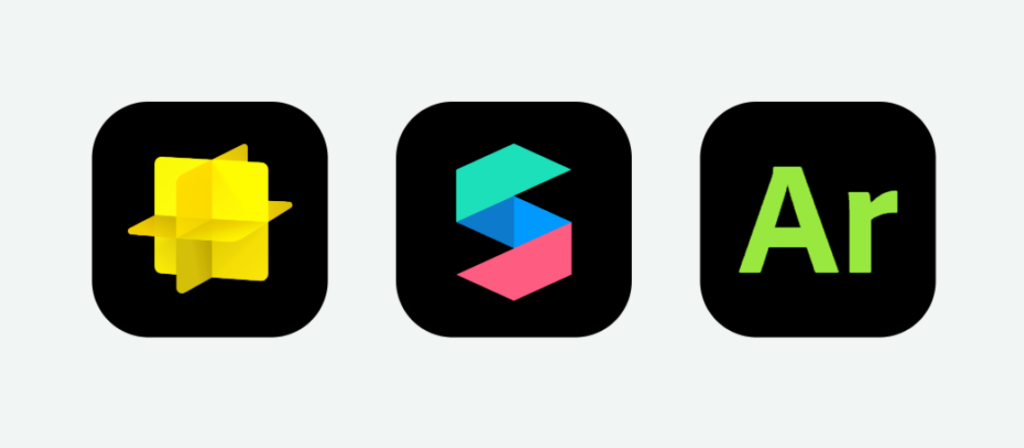
While XR product models may look complicated, they are not expensive. Compared to a typical $11,000 professional photo shoot for a product, a 3D rendering is about six times cheaper. Programs like those within Adobe’s Substance lineup can help brands create photo-realistic product images via 3D rendering. One extra solution that is further streamlining this process at low cost is technology like Lidar Scanning, which allows users to rapidly create 3D models of physical objects.
3D product models have other uses. They can also be bought and sold inside video games, allowing players to customize their avatars. Brands can give away digital copies of their products along with purchases of the physical version. They can also introduce virtual products before manufacturing, as a kind of virtual test market. There are practically no limits to the ways brands can combine virtual products with physical ones to create new marketing ideas.
Why XR Marketing Will Continue to Grow
In 2021, businesses made an estimated $4.8 billion from AR commerce. That number is likely to increase rapidly as consumers get accustomed to the new technology.
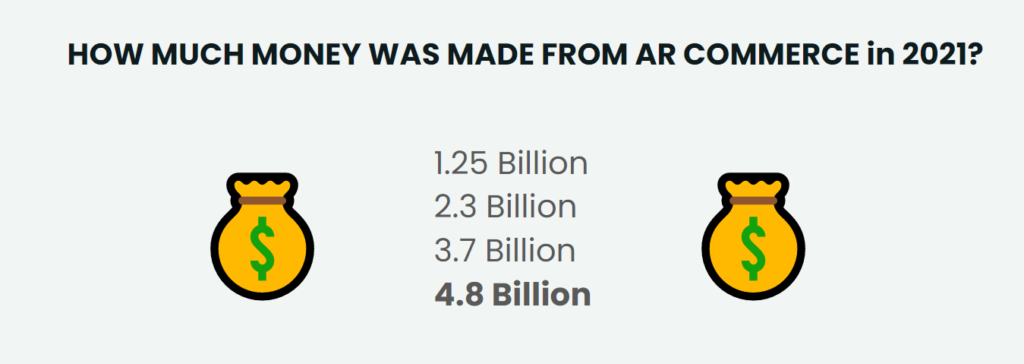
Like many new technologies, XR is used mostly by Millennials and Gen Z. About 100 million people use it today, and that number is only expected to grow. Snapchat estimates that, by 2025, AR shoppers will include 41% of Gen Z and 45% of Millennials. Demographics are split fairly evenly by gender.
XR marketing offers several advantages compared to other forms of marketing. For one thing, consumers really do like being able to see products in XR before they buy them. It helps give them confidence that their purchase will satisfy them. It also reduces the likelihood of returning the product later. In particular, AR product marketing has a huge proven impact on conversions and returns. According to Artillry, AR visualization increases conversions by 94% compared to non-AR equivalents. It also reduces returns by 40%.
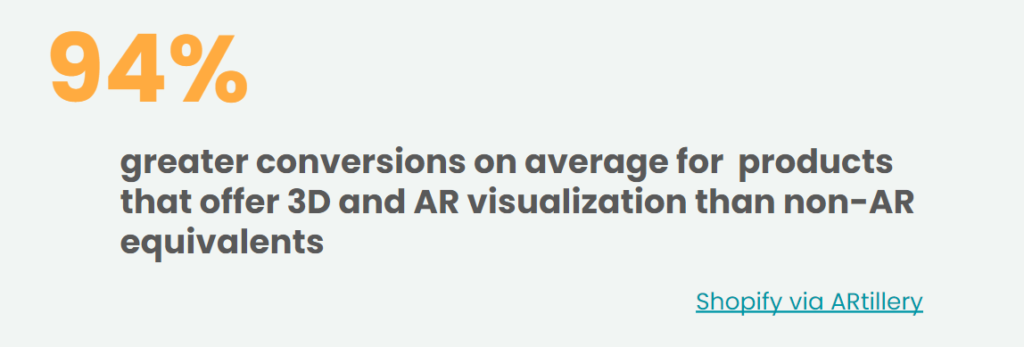
VR and AR marketing practices will help the switch to a greener economy. Returns are expensive, and waste money in both packaging and shipping. In 2020, $102 billion in online sales alone were returned. Trying out clothes onscreen, on the other hand, is much less wasteful.
Remote shopping makes sense in our remote work, post pandemic era. Over the past two years, many people have become more comfortable with working and shopping online. This trend is likely to continue. As XR product experiences become more common, businesses will feel pressure to keep up with the competition. They may shift away from traditional, expensive photography-based advertising towards 3D scanner based XR product marketing. And production costs for 3D models may decrease over time.
Conclusion
We are extremely bullish on XR. We believe the present moment is similar to the one just over a decade ago, when the mobile ecosystem began to explode. This is why we build AR and VR applications for near-term and long-term use. While XR technology has many uses cases, product marketing is one of its most proven applications.




